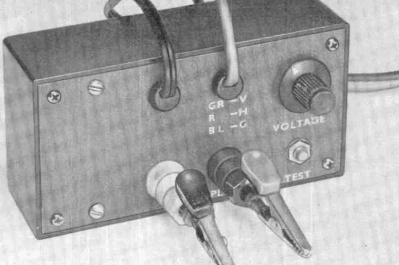Your design task, should you decide to accept it: given an input voltage, square it. Ok, that’s too hard since squaring 8 volts would give you 64 volts, so let’s say the output should be 10% of the square, so 8 volts in would result in 6.4V. How do you do it? [Engineering Prof.] knows how and will show you what you can do in the video below.
The circuit uses two op amps and some transistors. However, the transistors are used in a way that depends on the temperature, so it is important to use a transistor array so they are matched and will all be at the same temperature.



















